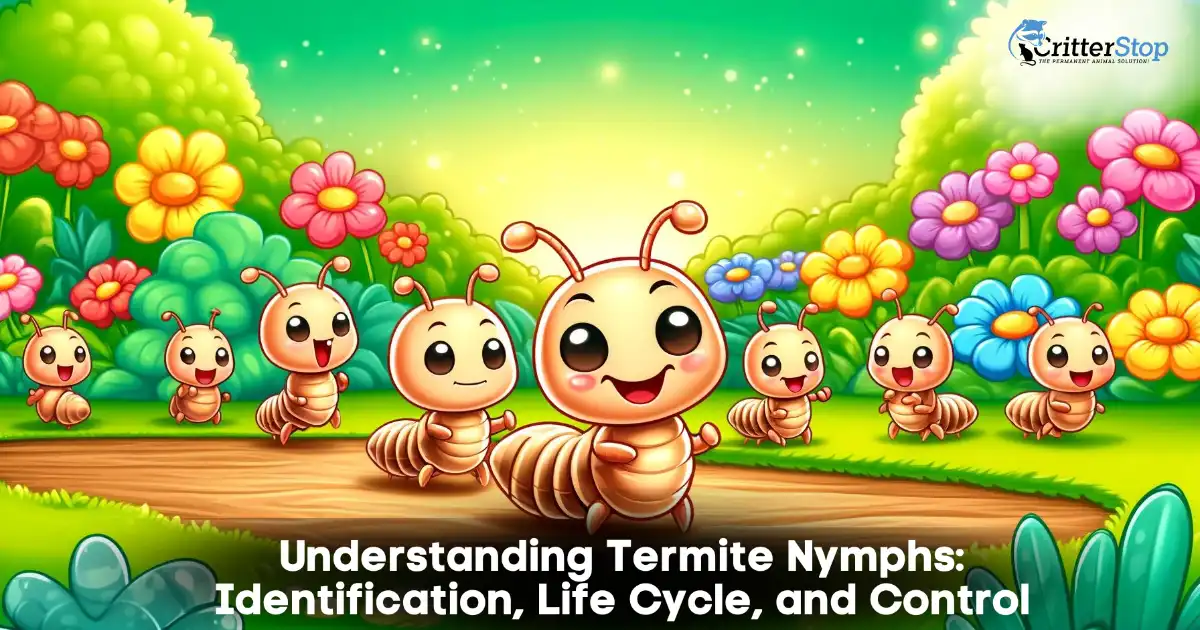
Termite nymphs are a pivotal stage in the development of termites, playing an essential role in the growth and expansion of their colonies. Understanding their characteristics, behavior, and life cycle is crucial for termite management and prevention. This comprehensive guide delves into the intricacies of termite nymphs, offering valuable insights for homeowners and pest control professionals alike.
Termite nymphs are the immature stages of termites that follow termite larvae. They resemble adult termites but are smaller and not fully developed. Nymphs undergo several molts as they progress toward adulthood, each stage bringing them closer to their final form, whether it be a worker, soldier, or reproductive termite.
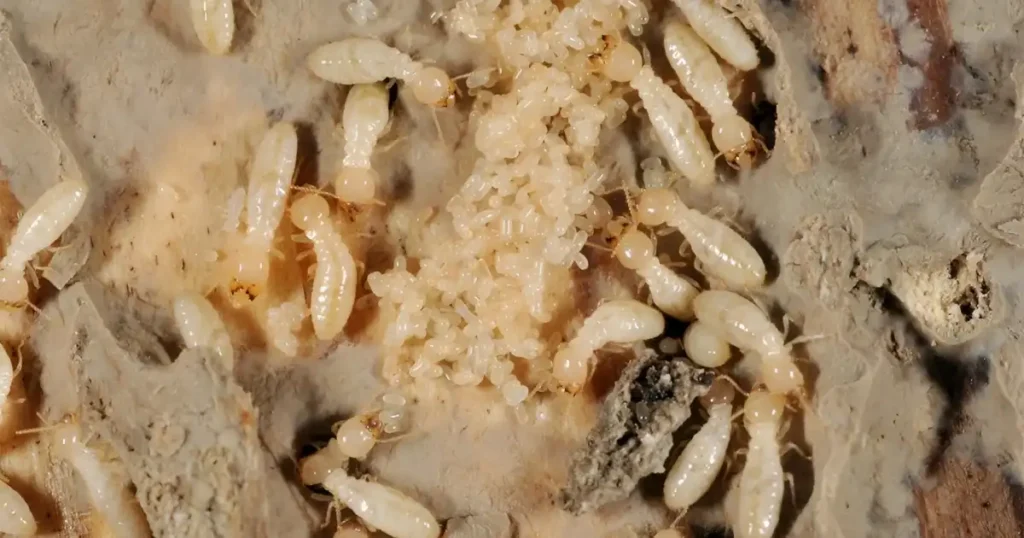
Identifying termite nymphs can be challenging due to their size and similarity to adult termites. They are generally pale and soft-bodied, lacking the hardened exoskeleton of mature termites. Nymphs can be distinguished by their undeveloped wings and smaller size compared to the reproductive termites, which have fully formed wings.
The life cycle of a termite begins with the egg, which hatches into a termite larva, which then becomes a nymph. These nymphs are the backbone of the colony's growth and are nurtured by the workers. Depending on the species and the needs of the colony, nymphs can develop into workers, soldiers, or alates (winged reproductives). This flexibility in development is vital for the colony's survival and expansion.
Nymphs play a passive but essential role in the colony. Initially, they are cared for by the workers, who feed and groom them. As they mature, they take on more responsibilities within the colony. Worker nymphs contribute to foraging, nest building, and caring for the young, while soldier nymphs begin to develop the characteristics necessary for colony defense.
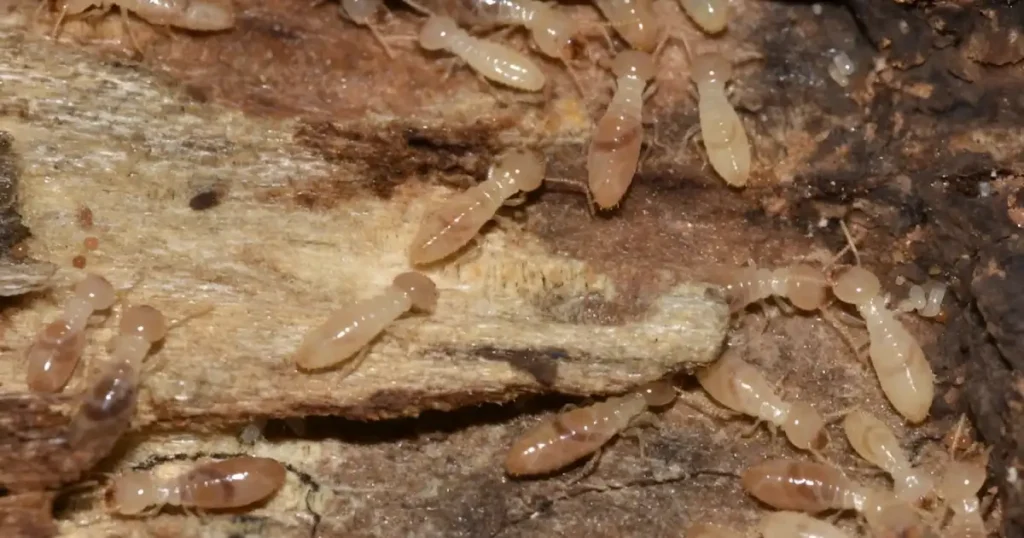
Detecting an infestation at the nymph stage can be challenging, but there are key indicators to watch for:
Controlling and preventing termite infestations begins with understanding and targeting the nymph stage. Here are strategies to mitigate the risk of termite damage:
When it comes to expert termite control, Critter Stop stands out for offering exceptional service and humane wildlife removal methods. Known for high-quality work and excellent customer service, as evidenced by glowing online reviews, Critter Stop is the go-to choice for homeowners seeking effective and responsible termite extermination.
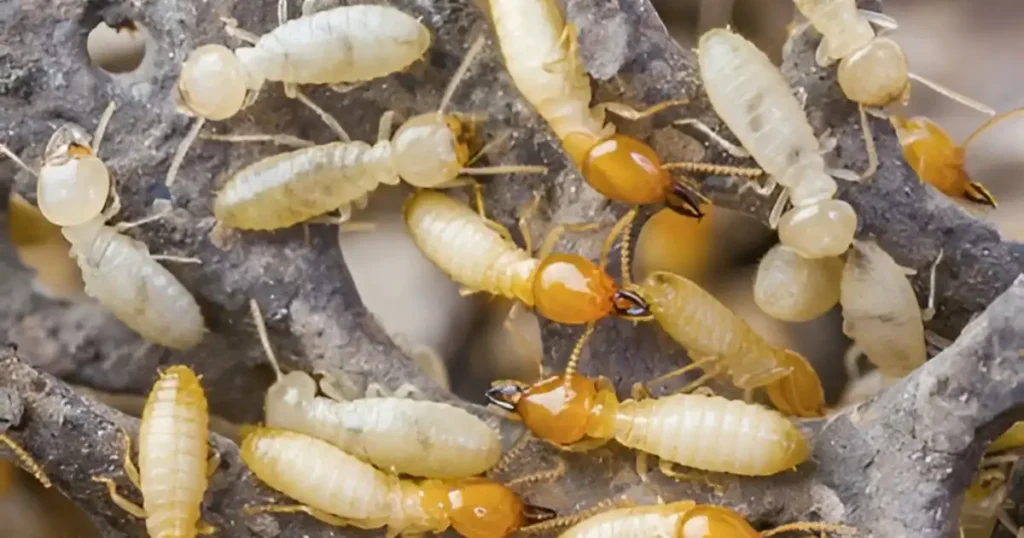
In addition to professional services, homeowners can adopt natural methods and preventive strategies to further safeguard their properties:
Different termite species have varying behaviors and characteristics, affecting the approach to controlling their nymphs. Here are some common types:
To stay ahead of termite nymph infestations, consider the following advanced techniques:
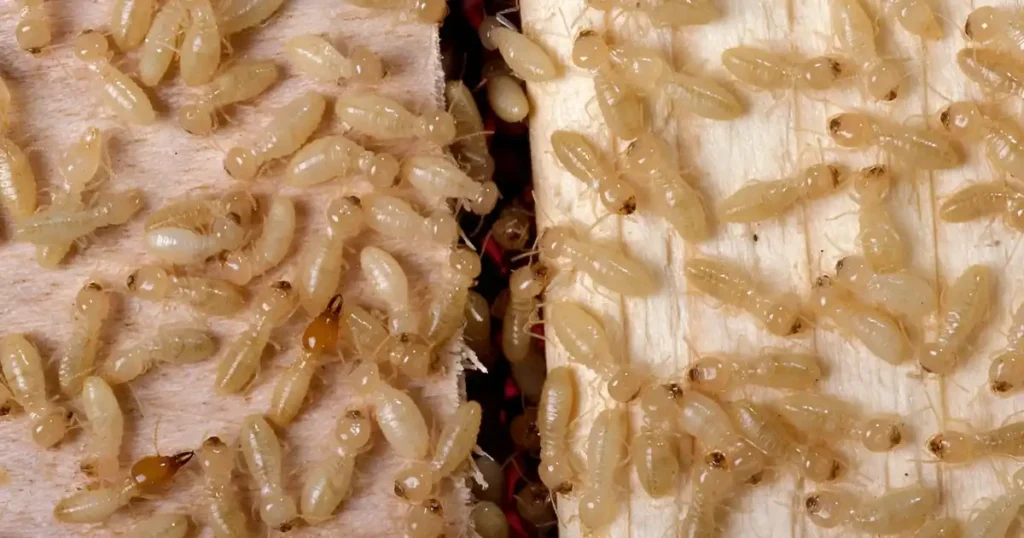
Continuous education and maintenance are key to preventing termite nymph infestations. Homeowners and property managers should stay informed about termite behavior, signs of infestation, and the latest in pest control technologies. Regular staff training and consistent updates on property care can significantly diminish the risk of termite damage.
In summary, protecting your property from termite nymphs involves a combination of direct control measures, natural strategies, and a commitment to ongoing education and maintenance. By implementing these approaches, you can possibly manage termite threats and preserve the integrity of your structures.
If you want expert and humane termite extermination services, Critter Stop is the way to go! Renowned for our quality work and outstanding customer service, we have an expert team that will solve your termite problem for good. We service commercial and residential customers in Texas and offer industry-leading guarantees. Contact Us at (214) 234-2616 and book your free inspection and estimate today!
Visit our Critter Library and learn more about our furry friends